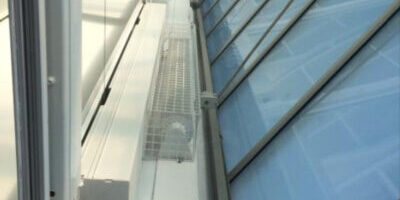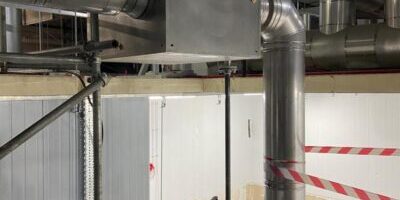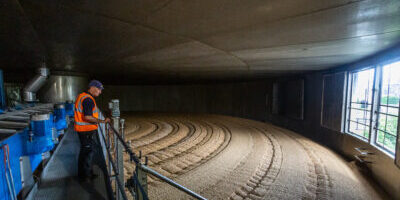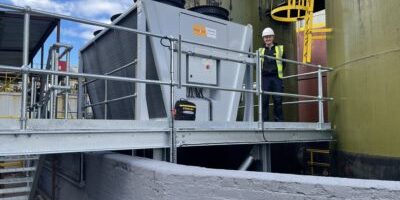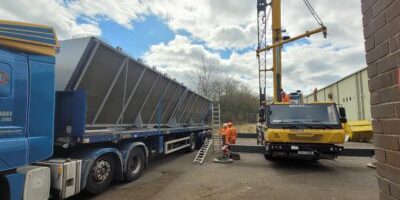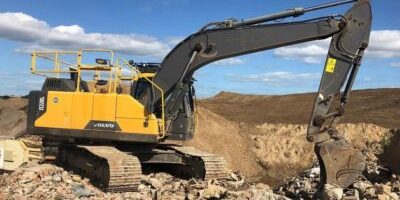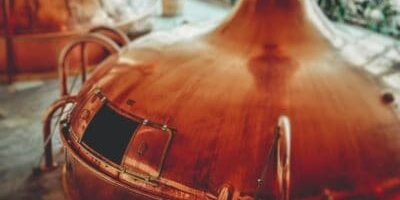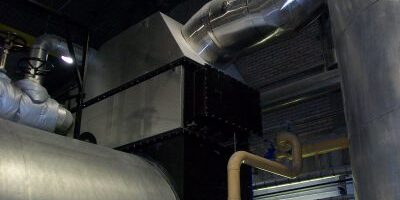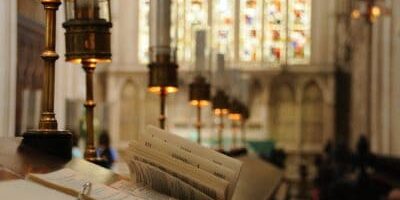Water Consumption Savings using a Dry-Air Cooler
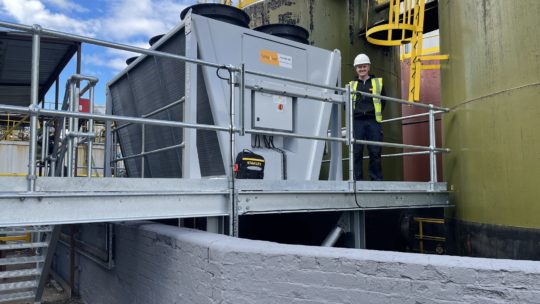
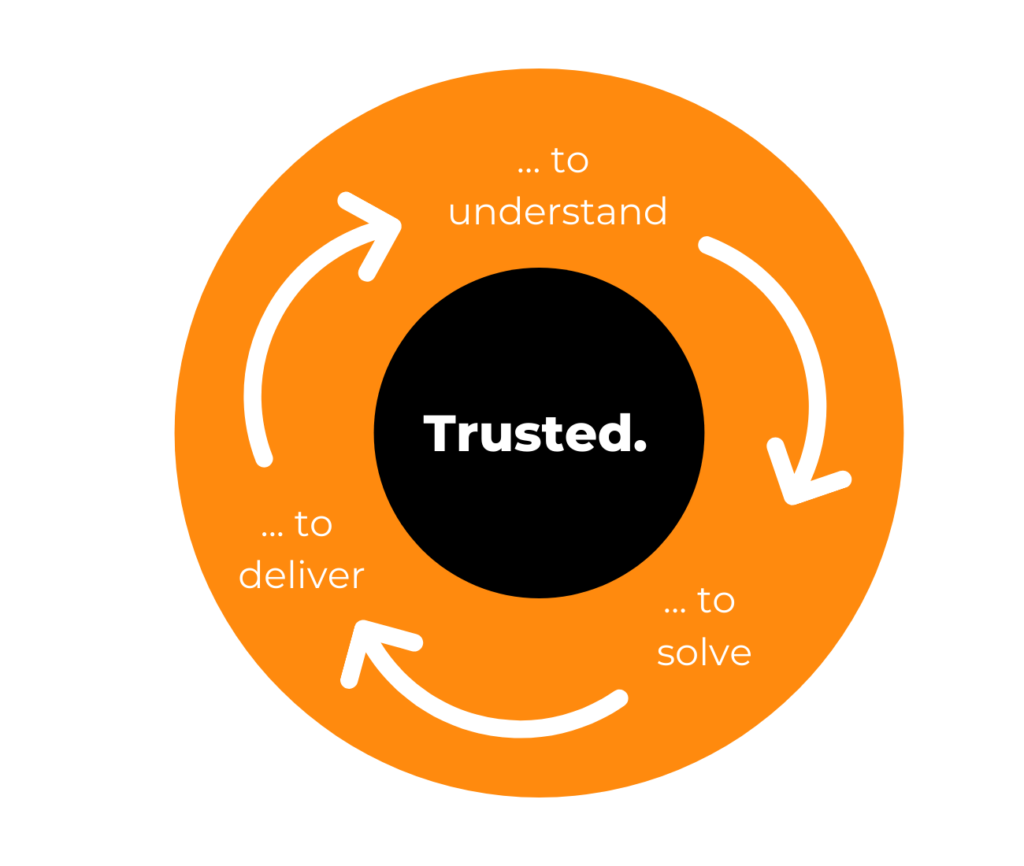
...to understand
- An enquiry came through our online contact form from Superglass - an independent manufacturer of glass mineral wool insulation in the UK.
- The customer outlined that Superglass use a lot of water as part of their manufacturing process and needed a solution to help them save water.
- To better understand the project, a team visited site and met with key stakeholders.
- We learned that a cullet system uses water to transport and cool up to 8000kg/h of molten glass from the furnaces.
- The cullet water returns to an outdoor open tank in order to cool naturally in preparation for reuse.
- However, with increasing volumes of output to meet global demand for insulation the cooling tank was inadequate and over-temperature water would be dumped to drain and replenished with fresh mains water.
- In order to avoid this unnecessary over-consumption of water, Superglass wanted to explore alternative methods of rapidly cooling the water.
...to solve
- We defined the requirement as the need to cool 46.7m3/hr of water from 50 degrees to around 30 degrees all year round.
- Taking into account the above requirements, we sought to avoid the use of expensive chiller systems and instead focused on selecting a Dry-Air Cooler.
- In selecting a cooler we considered size, efficiency, noise, leaving temperature and most importantly, performance.
- By installing a Dry-Air Cooler into their existing process, we would create a closed loop system to cool the process water for reuse without the need for draining and replenishment.
- This cooler would therefore reduce fresh water consumption.
- Additionally, the selected cooler runs low noise fans at a maximum of 86 decibels, addressing the clients concerns over the potential noise of running a Dry-Air Cooler.
...to deliver
To ensure an efficient turnkey installation of the Dry-Air Cooler, we specified pipework, electrical loads and ancillary equipment such as pumps, vibration matting, expansion vessels etc.
- Onsite pipework, electrical and civil works were undertaken by the client while we supplied the ancillary equipment.
- We delivered the cooler to site, supervised the installation and performed commissioning and handover.
- Commissioning included visual inspection of the pumps, cooler configuration set-up and checking everything was properly functioning.
- At this stage, it is essential we then test the process so that we know it delivers on all of our customers' required parameters and expectations.
- Superglass had made clear that the out temperature of the water had to be at the highest 35°C. However, we managed to achieve a temperature of 20°C, thus exceeding expectations.
- The success of our solution is dependant on the plant uptime but our client is expected to save a minimum of 75m3/d and as high as 250m3/d, which is a tremendous amount of water saved.
"We have seen a really positive change in the water consumption already and so far, very happy with the results."
Superglass Operations Manager

